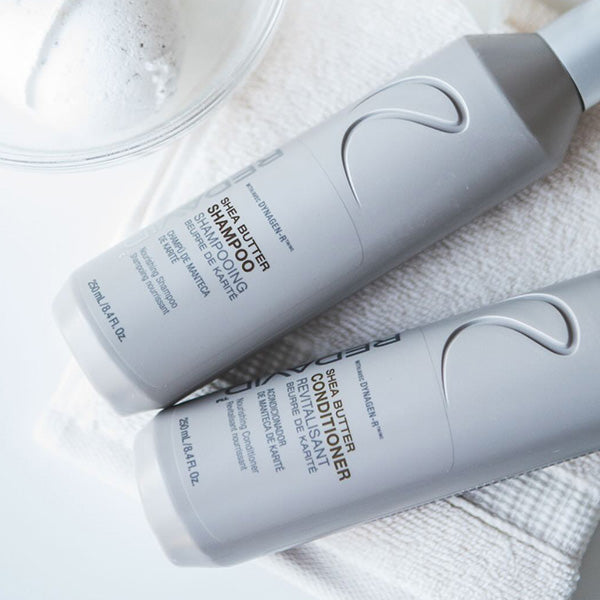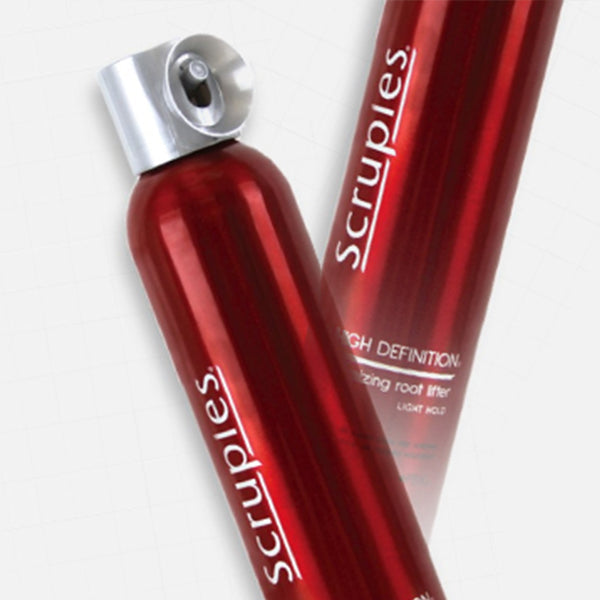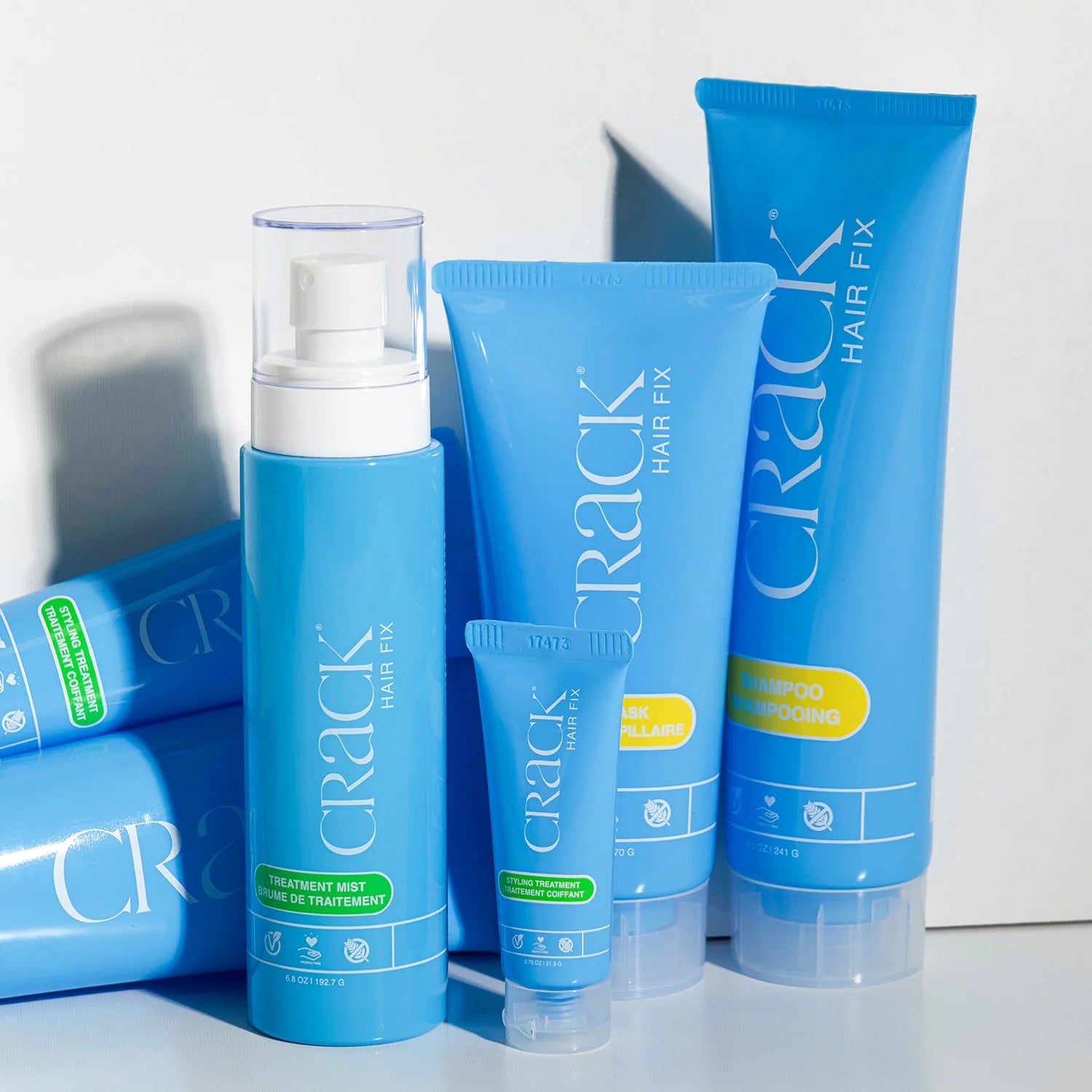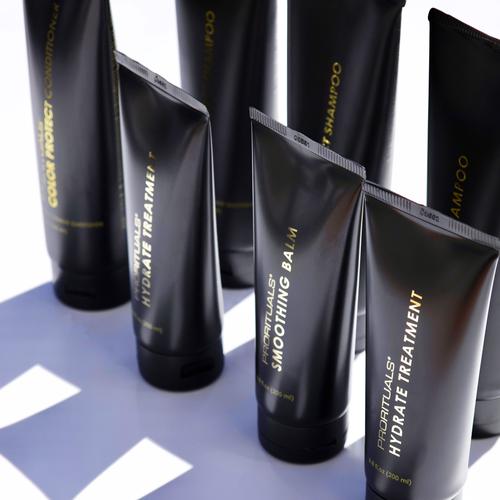From Heavy to Flowing: Mastering Weight Removal Without Losing Shape
From Heavy to Flowing: Mastering Weight Removal Without Losing Shape
One of the greatest challenges for stylists is achieving a haircut that balances softness and flow with structure and definition. Clients with thick or dense hair often struggle with excessive heaviness that restricts movement and limits styling versatility. However, removing weight without sacrificing the intended shape or integrity of the style is a skill that elevates a good cut to a great one.
Understanding the Difference Between Weight and Shape
Weight refers to the heaviness or bulk within the hair, often concentrated in specific areas such as the crown, nape, or mid-lengths. Shape, however, relates to the silhouette or structure of the haircut itself. Successfully removing weight requires careful consideration to ensure the overall shape remains cohesive and balanced.
Strategic Layering
Layering is the most common method of weight removal, but not all layers are created equal. Layers placed too high or too close together can compromise shape, leading to a haircut that feels wispy, disconnected, or overly thinned. To maintain shape while removing bulk:
-
Internal Layering: Remove weight from within the hair without affecting the outer silhouette, ensuring a full, structured appearance.
-
Long Layering: Creates movement and softness at the ends without sacrificing the overall density of the hair.
Texturizing Techniques
Texturizing shears or razor cutting can be invaluable tools when used correctly:
-
Point Cutting: Softens lines and removes targeted weight without creating harsh gaps or visible thinning.
-
Slide Cutting: Removes bulk while maintaining length, creating a naturally flowing look.
-
Channel Cutting: A precise technique to remove hidden pockets of weight, allowing hair to flow naturally without losing the foundational shape.
Mindful Weight Distribution
Stylists must consider how weight distribution impacts the haircut. For example, removing too much weight from the perimeter can result in overly light ends that flip or lack definition. Maintaining density at the perimeter while strategically reducing weight internally creates balance and ensures the shape holds its structure over time.
Tailoring Techniques to Hair Type
The effectiveness of weight removal methods depends on hair type and texture:
-
Fine Hair: Use minimal, strategic layering and avoid aggressive texturizing that can create a sparse appearance.
-
Thick, Straight Hair: Internal layering and point cutting remove heaviness without compromising a sleek, structured finish.
-
Curly and Wavy Hair: Gentle, targeted layering and slide cutting methods preserve curl patterns while reducing bulk.
Client Communication and Expectations
Clear consultations are essential. Explain to your clients how strategic weight removal can enhance their hair’s movement without losing the integrity of the shape they desire. Clients who understand the process are more likely to trust your methods and be satisfied with the results.













